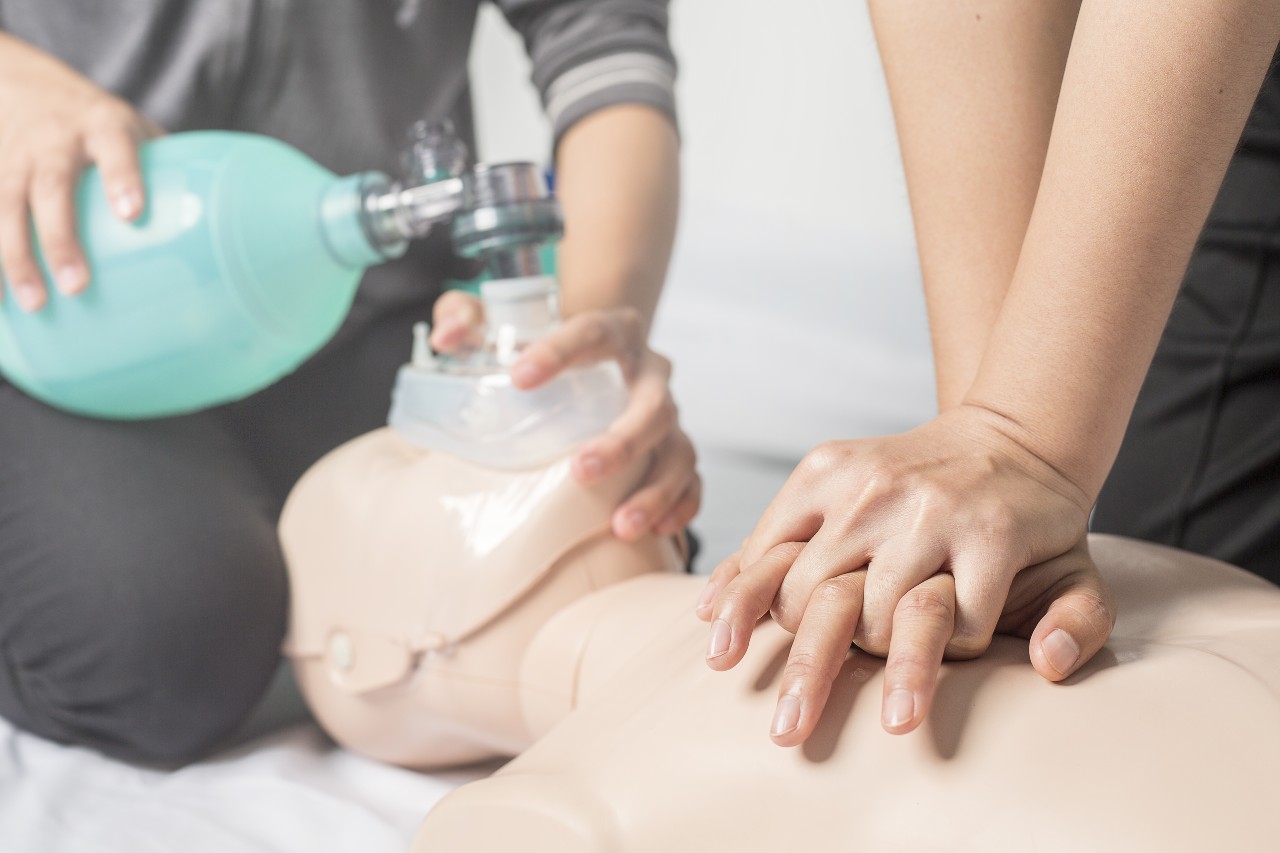Breathing part 2
A wide range of pathologies, medical and traumatic, can negatively affect a patients’ ability to breathe. All have varying signs and symptoms, and differing treatment pathways. Following an initial review, the FLAPS TWELVE mnemonic can be used for a more in-depth assessment of Breathing;
- Feel – Feeling the chest for equal rise and fall indicating good air entry and both lungs are inflating. Feeling can also help identify if there are any deformities, swelling, crepitus, or subcutaneous emphysema.
- Look – Again, a visualisation of the chest will indicate if there is good/equal rise and fall, and any other obvious injuries or abnormalities.
- Auscultate – Auscultating all lobes of the lungs will indicate any pathophysiological events happening within. Is there bilateral and equal air entry? Are there any wheezing/crackles/rales/rubs/abnormalities?
- Percuss – Percussion helps identify if there is normo-resonance, hyper-resonance, or hypo-resonance. If hyper, this may indicate that there is excessive air built-up within the area of percussion. If hypo, then this may indicate that there is a build-up of fluid/blood within the area of percussion.
- Search – A search around the sides of the chest, under the armpits, and of the back may reveal a hidden wound or deformity.
- Trachea – Feeling the location of the trachea can help identify if there is a potential tension-pneumothorax happening as it will be displaced from centre.
- Wounds – Search for any further wounds around the neck, chest, or back that may be affecting Airway and Breathing.
- Emphysema (subcutaneous) – Is there any subcutaneous emphysema forming around the chest or neck areas indicating air escaping from the lungs/tracheas through injury/perforation.
- Larynx – Is the Larynx in-tact, if it is injured or deformed then it may cause some airway compromise.
- Veins (jugular distention) – Is there evidence of jugular vein distention, indicating a tension pneumothorax.
- Evaluate – Evaluate all the information you have gathered, are there any deficits or injuries affecting the patients’ breathing?
